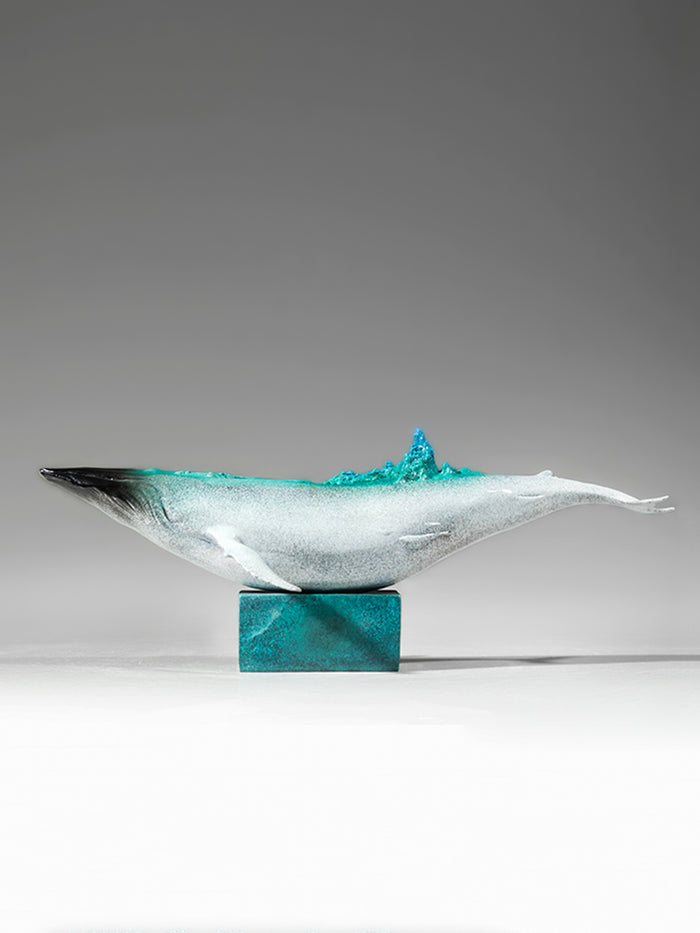
,文章长度在1000字左右
html
Chinese Craftsmanship: A Timeless Legacy of Artistry
For thousands of years, Chinese crafts have stood as a testament to the ingenuity, patience, and artistic vision of the nation’s artisans. From delicate porcelain to intricate embroidery, these creations embody the essence of Chinese culture, blending functionality with breathtaking beauty. The legacy of Chinese craftsmanship is not merely a collection of objects but a living tradition that continues to evolve while honoring its roots.
The Elegance of Chinese Porcelain
No discussion of Chinese crafts would be complete without mentioning porcelain, one of China’s most celebrated contributions to global art. Known as “china” in the West, this translucent ceramic reached its zenith during the Ming and Qing dynasties. The famous blue-and-white porcelain, with its cobalt designs on a white background, became a symbol of refinement and luxury across continents.
What makes Chinese porcelain truly remarkable is the meticulous process behind its creation. Artisans would spend years perfecting techniques like underglaze painting and high-temperature firing. The secret of true porcelain, made from kaolin clay and fired at temperatures exceeding 1,300°C, was closely guarded for centuries, giving China a virtual monopoly on this exquisite craft.
The Art of Silk Embroidery
Chinese silk embroidery represents another pinnacle of traditional craftsmanship. With origins dating back over 2,000 years, this delicate art form transformed simple silk threads into breathtaking pictorial compositions. Regional styles developed distinctive characteristics – from the refined Suzhou embroidery to the bold colors of Hunan’s Xiang embroidery.
The most skilled embroiderers could create works so detailed they resembled paintings, with some pieces requiring years to complete. Techniques like “double-sided embroidery,” where the design appears identical on both sides of the fabric, showcase the extraordinary precision of these artisans. Today, contemporary artists continue to push the boundaries of this ancient craft while preserving its traditional essence.
The Timeless Beauty of Cloisonné
Cloisonné, known in Chinese as “Jingtai Blue” after the Ming emperor who popularized it, represents a stunning fusion of metalwork and enamel artistry. This complex process involves creating intricate designs with thin metal wires on a metal surface, then filling the compartments with colored enamel pastes before firing and polishing.
The vibrant colors and intricate patterns of cloisonné made it particularly prized for imperial decorations and religious artifacts. While the technique likely originated in the Middle East, Chinese artisans perfected it, creating pieces of unparalleled sophistication. The balance between the metallic framework and the jewel-like enamel remains a hallmark of Chinese cloisonné to this day.
Lacquerware: A Shining Tradition
Chinese lacquerware boasts a history stretching back to the Neolithic period. Made from the sap of the lacquer tree, these objects were not merely decorative but also remarkably durable. The lacquering process could involve dozens of layers, each painstakingly applied and polished to create a deep, luminous finish.
During the Han dynasty, artisans developed techniques like inlaying with mother-of-pearl or carving through multiple colored layers (known as “carved lacquer”). These methods produced objects of extraordinary beauty that were both practical and symbolic, often used in important rituals or as diplomatic gifts.
Paper Cutting: Folk Art at Its Finest
Keyword: Chinese crafts
While many Chinese crafts were associated with imperial courts, paper cutting represents the vibrant tradition of folk artistry. Using simple red paper and scissors, artisans create intricate designs featuring animals, flowers, and scenes from daily life. These cuttings traditionally adorned windows during festivals, particularly the Lunar New Year, symbolizing good fortune and happiness.
What appears simple
